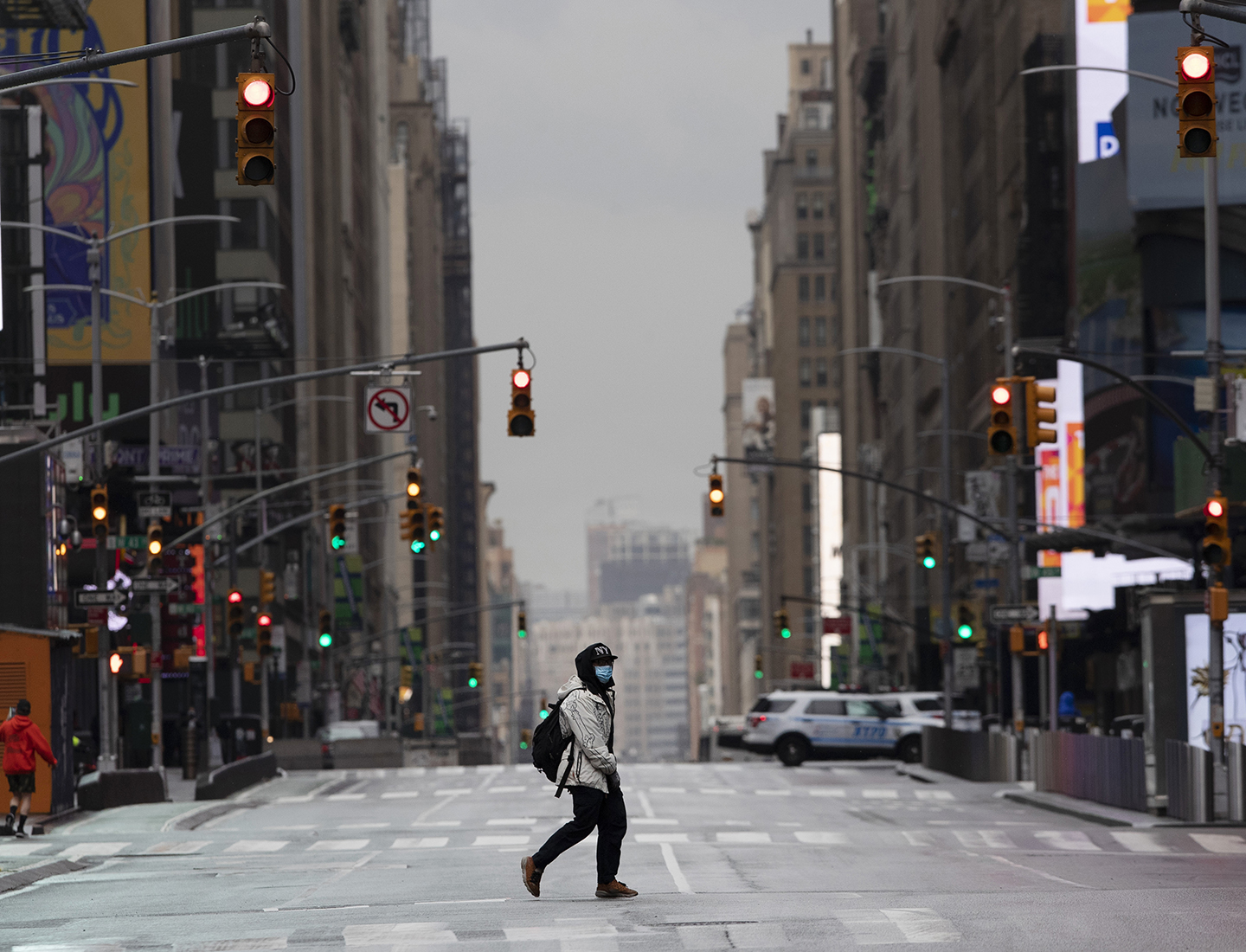AARP Hearing Center
By Rachel Nania, AARP
For many, life changed in an instant on March 11, 2020. After more than 118,000 cases in more than 100 countries and 4,291 deaths, the World Health Organization declared the coronavirus a pandemic.
Cruise ships stopped sailing, schools shuttered, sports teams canceled their seasons and families quarantined.
“The world came to a standstill,” says Preeti Malani, M.D., a professor of medicine in the Division of Infectious Diseases at Michigan Medicine. “And people went months and months without seeing their loved ones.”
Though much has changed since the early days of 2020, the pandemic’s toll is still felt — overwhelmingly by older Americans.
COVID’s disproportionate burden
More than 1,184,376 deaths from COVID-19 have been reported in the United States.
About 94 percent of these deaths have occurred in adults 50 and older.
“The numbers truly are staggering,” says Gregory Poland, M.D., an infectious diseases expert and head of Mayo Clinic’s Vaccine Research Group.
Although the number of people dying from COVID-19 has declined significantly from the early days of the pandemic, thanks in large part to greater immunity and better treatments, death rates for adults 75 and older continue to tower over younger groups.
“One thing that has been a challenge in this pandemic is recognizing that each of those numbers is a human being,” says Jennifer Nuzzo, professor of epidemiology and director of the Pandemic Center at Brown University School of Public Health. “A human who has lost his or her life and whose family no longer has them here on this Earth.”
Similarly, older adults continue to bear the burden of severe illness from a coronavirus infection.
Hospitalizations are highest among the 65-plus
As of the end of 2023, there were more than 6.6 million COVID-19 hospitalizations.
About 70 percent of them were among people 65 and older; 14 percent were among adults 50–64, according to federal data.
In nursing homes, more than 2 million cases of COVID have been confirmed since the start of the pandemic, and nearly 200,000 residents have died from the virus, AARP research shows.
“It has been clear throughout this pandemic that the single biggest risk factor for experiencing severe illness and death has been age,” Nuzzo says.
There are other lingering effects from the pandemic, Michigan’s Malani says. More than half (56 percent) of adults ages 50–80 reported feeling lonely and isolated in 2020, a National Poll on Healthy Aging shows. That percentage has not returned to pre-pandemic levels.
“Social isolation has profoundly negative effects, particularly if you’re older,” Poland says. It’s been linked to increased risk for several health conditions, according to the Centers for Disease Control and Prevention, including heart disease, dementia and earlier death.
Much has changed from four years ago. Restrictions have been repealed, and precautions have loosened. But the virus is still with us, and health experts say older adults and others at high risk for severe outcomes must remain vigilant.
“There’s still a disproportionate burden [of deaths], and it’s highly concentrated in our older adults,” says Keri Althoff, an associate professor of epidemiology at Johns Hopkins Bloomberg School of Public Health.
Vaccines and treatments are largely the reason we’re in a better place today, Nuzzo says. “But those tools are only going to help us stay in that better place if we use them.”
Health officials recently recommended that adults 65 and older get another dose of the latest COVID vaccine to ramp up their immunity to the virus that puts more than 13,000 people in hospitals weekly. About 40 percent of adults age 65-plus received a shot in the fall, federal data shows; it’s unclear how many have received one this year, since the new recommendation.
When it comes to COVID treatments, research suggests uptake is also low. A study published this year found that only 12 percent of more than 300,000 patients with COVID-19 who were eligible for the antiviral treatment Paxlovid received it.
“The vast majority of hospitalizations and deaths are preventable,” Nuzzo says. “And the fact that they’re still occurring and the numbers are what they are is because not enough people are using the tools to prevent them.”
Althoff says the pandemic taught us how everyday preventive measures — such as masking and improving indoor air quality — can help protect us not just from COVID but also from other respiratory illnesses that disproportionately affect older adults, namely influenza and RSV.
“I think it’s a moment to say that [in the past four years] there was a lot of loss, there was a lot of trauma, and for those who are still with us and surviving and thriving, continued vigilance of respiratory illness in older ages is really important,” Althoff says.
Rachel Nania is an award-winning health editor and writer at AARP.org, who covers a range of topics including diseases and treatments.






































































